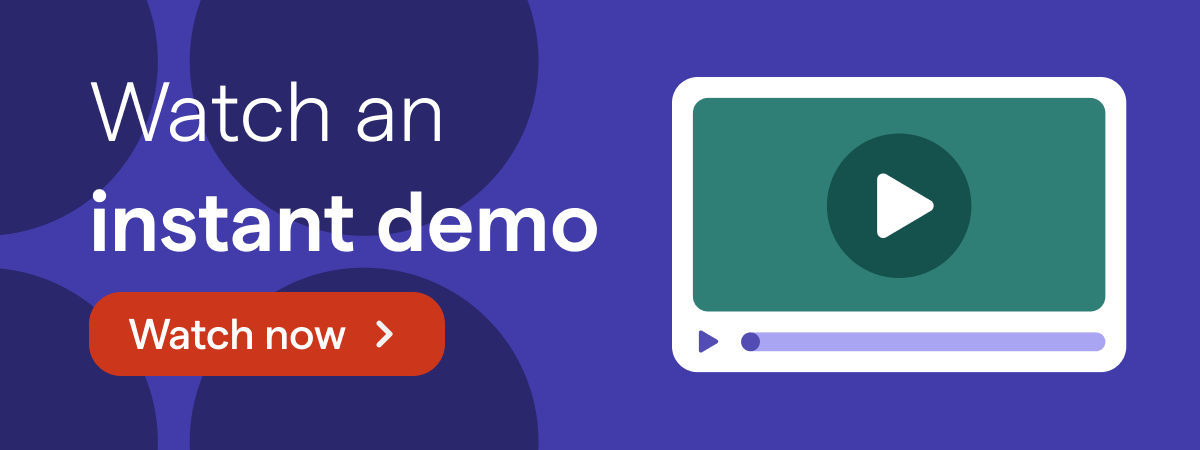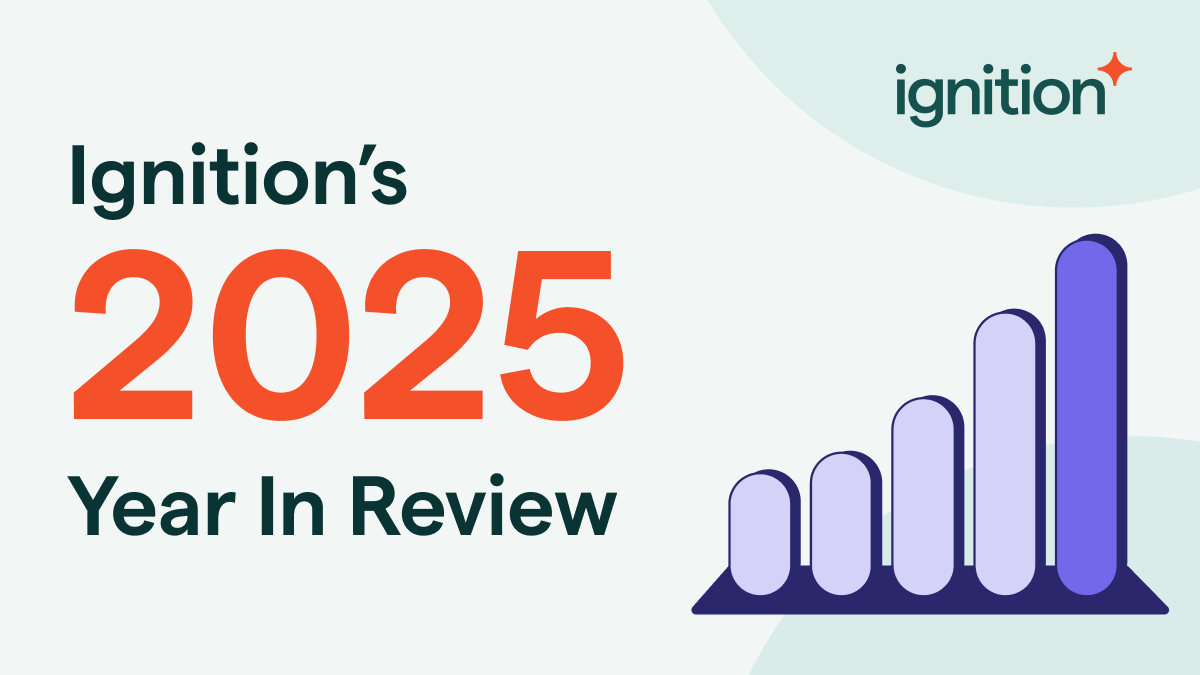Your guide to updating vendor software prices with Ignition

As an accountant, you manage a lot of apps on behalf of your clients. Changes to cloud accounting subscriptions can mean you need an easy way to update your service prices across your client base.
But before you do so, you’ll need an effective plan to manage this change and consider what and how you’ll communicate to ensure that your messaging holds integrity.
Let’s dive into a few different aspects of the plan below.
A framework for approaching pricing changes
Consider who and what is affected:
Which clients are affected?
Does this impact your costs, or just your clients?
How are these costs currently being paid?
Consider your options and steps to take:
Absorb the difference.
Price in charges (packages).
Pass on the cost.
Consider how the new fees will be presented:
Included in the package.
Priced separately.
Separate engagements.
Planning for price changes
1. Who or what is affected?
We’ll need to first define who or what is affected. Is it a group of clients? Is it a particular service you provide?
If you have all of your clients on a formal engagement detailing their specific package and scope of deliverables, you can easily identify who or what will be impacted.
If you’re using Ignition, which empowers businesses to get paid faster and run smarter, you can use the service revenue export to identify clients receiving a particular service that requires a price change.
2. What are my options?
When a vendor increases their prices, there are a few paths that you can take.

If it’s a small or one-off increase, you can either absorb the difference or spread it across multiple clients. Then, increase profitability elsewhere in your business to accommodate.
Alternatively, you can build the increased cost into your service prices. You can include the vendors’ prices in your package and add a larger profit margin to give you a cushion in case a vendor increase happens again in the future.
Lastly, if the change is too large in terms of price or it forces you to change your terms and legalities, you might have to pass on the difference to your clients with a new shift in scope to their contract.
How do I change my prices in Ignition?
Step 1: Let your clients know first
Communicating the changes to your client is key.
Some good things to note are:
The nature of the change and sources of information (link to press releases or related blog articles from the company).
What specific actions (if any) do you need them to take (for example, sign-off, a reply or simply no action)?
When will this happen (specify a specific date when this new change will take place, or when the new pricing will take effect)?
Here’s a quick email template below to help form the basis:
Dear CLIENT,
We are writing to let you know of a change to the pricing of our third party {vendor} subscription which we are currently managing for you.
Monthly prices have gone up approximately XX% which is in line with the increased research and development investments made by {vendor} to provide an even better product/service to customers {insert other relevant factors - e.g., heightened regulatory requirements etc.} - please read more about this on {vendor’s} website. {link to release on price increase if available}
What do we require from you?
We will be amending the current agreement in place for this financial year/period to reflect this change - which will be effective {XX date}.
{if not requiring anything from them} We will not require you to re-sign this agreement, but please do let us know if you have any queries.
{if requiring signature} We will be re-sending your agreement with this new pricing in the next few days, please review and sign as soon as possible, and let us know if you have any queries.
Kind Regards,
Your Name
Step 2: Decide how you will proceed with updating your prices in Ignition
We've listed a few methods below:
a) Get a list of active services and update the prices individually
Follow this article to identify active services using a CSV file and then perform a service edit to change the price.
b) Renew your proposals in bulk with the updated pricing
When you renew proposals with revised pricing, make sure the proposal starts on the date specified in your communications. Learn more about renewing a proposal here.
Some additional tips for renewing a proposal
- Use subscription or service names and list the inclusions – being more specific on inclusions in vendor services will help you if clients upgrade account tiers, too.
- Use Service Terms for vendor services to specify that pricing is based on current vendor prices and how you will inform them of these changes. See below for an example to include for subscription prices. Find out more about service terms here.
Example service term for a subscription service
- Subscription pricing is accurate at the date of issue of this contract and may be changed by the vendor during the term of the contract.
- If a change occurs in vendor pricing, we will inform you in writing (email) of this before the next billing period affected by the change and will/will not require a formal scope change (new letter) to be signed by you. Changes will take effect in the next billing period unless specified otherwise.
Where to go from here
Need help getting started? If you're a current customer, please reach out to your Account Manager – or email us at support@ignitionapp.com. If you're not using Ignition yet and want to see the platform in action, you can see how Ignition works now.



